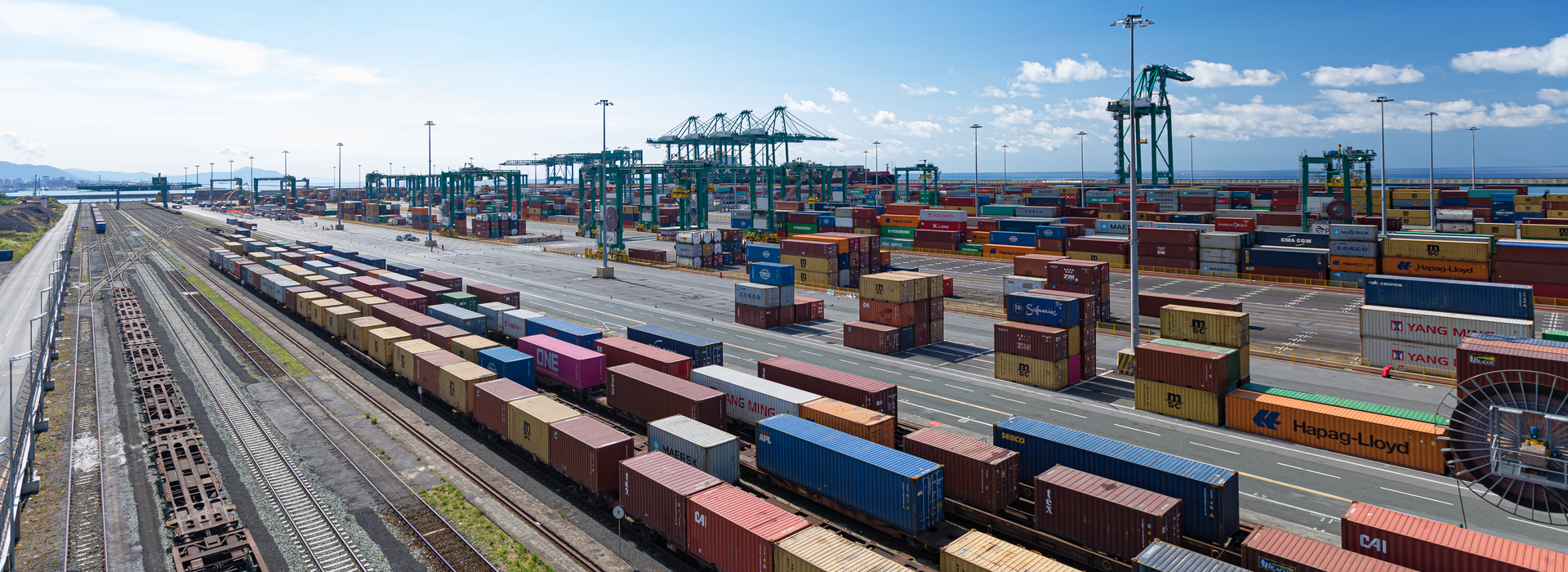
CASE STUDY
Artificial intelligence & security: a case study at the PSA Italy’s Genova Pra’ terminal
There is increasing talk about AI, but artificial intelligence is already part of the operations at PSA Italy: the Genova Pra’ container terminal uses automatic detection systems based on artificial intelligence developed by Aitek, with the aim of improving the terminal’s safety and security. We talked about it with Giorgio Murruni, Aitek marketing and communications manager.
How did the application of AI to a container terminal's security come about?
The arrival of smart technology is transforming port terminals into places of innovation equipped with cutting-edge systems, which improve security, operational efficiency, and productivity. In terms of security, the main challenge is linked to the necessity to protect extensive areas using automatic systems capable of detecting any potential dangerous situations in real time, providing support to the security personnel and reducing intervention times in critical situations.
To this end, the PSA Italy's Genova Pra’ terminal container is equipped with a video surveillance system with 150 video cameras positioned at crucial points in the terminal, which function via AI developed in collaboration with our company Aitek, of which we are proud as it is at the forefront in new application of intelligent systems for transport, video surveillance and digital signage.
How long have you been developing and implementing this type of security at PSA Italy’s Genova Pra’ terminal?
The first collaboration between the PSA Italy's Genova Pra’ terminal and Aitek dates to 2003, when the first analogical video cameras were installed and converted into digital via a dedicated server. Over time, the system has been periodically updated: today’s solution uses high resolution video cameras, connected to the internet and the video security platform denominated AiVu.

How was the video surveillance system designed?
The 150 video cameras are positioned at crucial points in the PSA Italy container terminal of Genova Pra’ to guarantee the monitoring of the quaysides, perimeter areas, entrances, operational areas, buildings and car parks, even at night and in conditions of low visibility. The system is run by software from Video Management AiVu-VMS, able to offer a complete response to any security needs. All video footage is managed by a single interface and sent to video decoders for display on the monitors and video walls of the operations room, i.e. the control room of the PSA Genova Pra' terminal.
Entrusting the control of such a large number of cameras to the human eye alone would be impossible. How did you solve this problem?
Artificial intelligence represents the ideal solution: the system was integrated with a set of algorithms for video analysis, which process the images and detect any potential threats to the security of the container terminal. The great innovation regards the use of video analysis algorithms based on “deep learning”, the technique of processing images that allows the algorithms to “learn” directly from the acquired experience, without being limited by predefined mathematical models. The use of these sophisticated artificial intelligence techniques provides substantial support to the operators: a monitor on the video wall is dedicated to looking at the images from the video cameras in alarm, and each time a new event occurs, the operators attention is alerted by audio-visual signals, which highlight the screen in which the images correlated to the alarm are shown.

What is deep learning?
Deep learning is based on the training of very sophisticated neural networks to reach the highest standard of reliability in the analysis of images and videos filmed in all conditions. As the name suggests, the neural networks were modelled to imitate the brain, although on a much smaller scale. In fact, somewhat like the human being, the neural network improves its performance gradually as the events from which it learns increase over time, correcting possible processing errors or adapting to new situations.
What is the clients experience?
In addition to attracting the operators’ attention with audio-visual signals, which highlight the images relating to the alarm, the system starts up the automatic image tracking system and automatically zooms in to show all details. Therefore, the operators not only verify the live images from the video camera picking up the event, but can also see a close-up image (crop) of the situation. The live feed from the video camera in alarm is shown on the monitor, while the zoom showing the detail of the person detected by the neural network trained to recognise the human form is visible in a designated frame (picture-in-picture). The zoom automatically adapts to follow the movements of the subject within the frame.
Can you give us some examples of events detected by the video analysis algorithms?
With regard to safety, the system is able to detect and follow people within the areas where their presence may represent danger such as near a crane or the machinery for moving containers. It can also track people walking along the railway line leading into the terminal or who cross the lanes of the road gate with the risk of causing an accident. Linked to the terminal’s security, the system detects and tracks unauthorised persons who enter from the perimeter areas, from the railway entrance, or the road gate.
What is the future?
The system has become an essential tool for controlling terminal safety and security measures. Furthermore, thanks to its learning capabilities, it will continue to improve in the future, always guaranteeing the highest standards in port safety and security. The same techniques can also be used in other spheres, for example near operating vehicles, inside warehouses or can be extended to detect dangerous situations such as the presence of smoke or flames.
